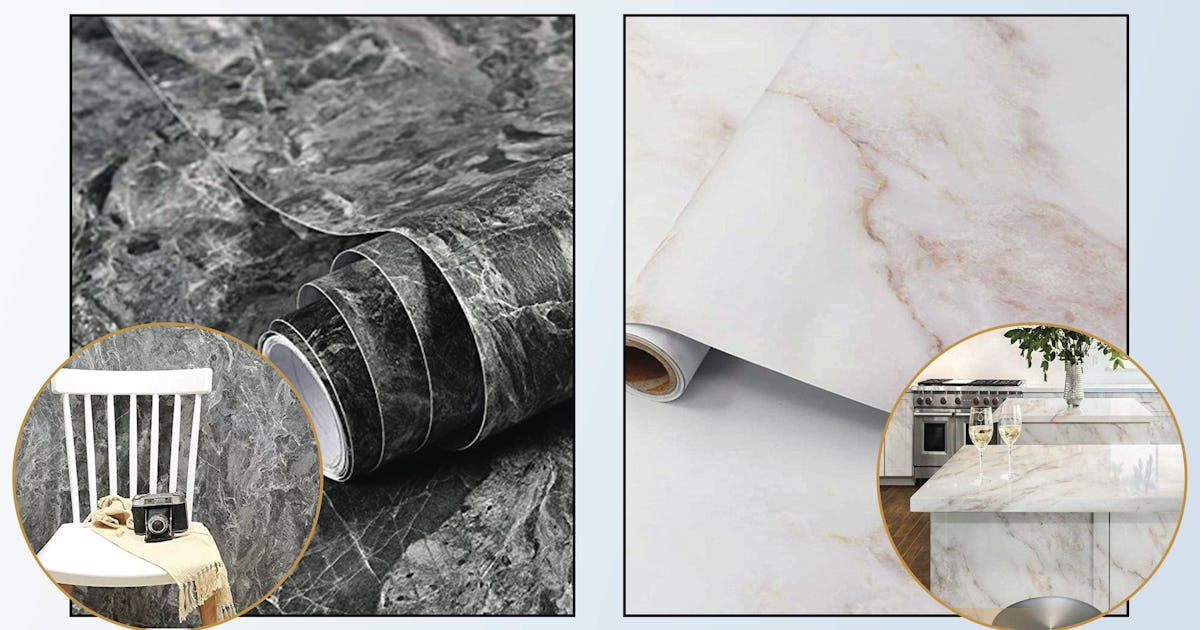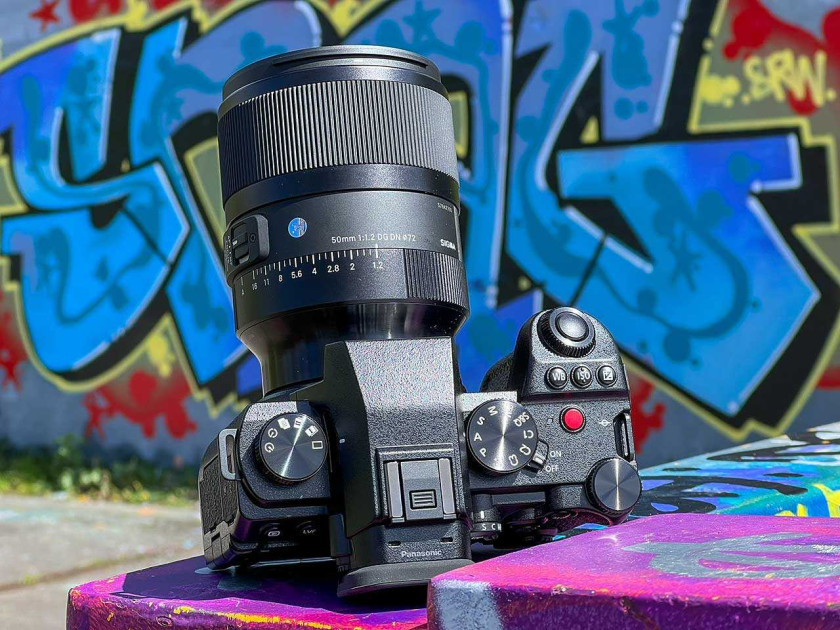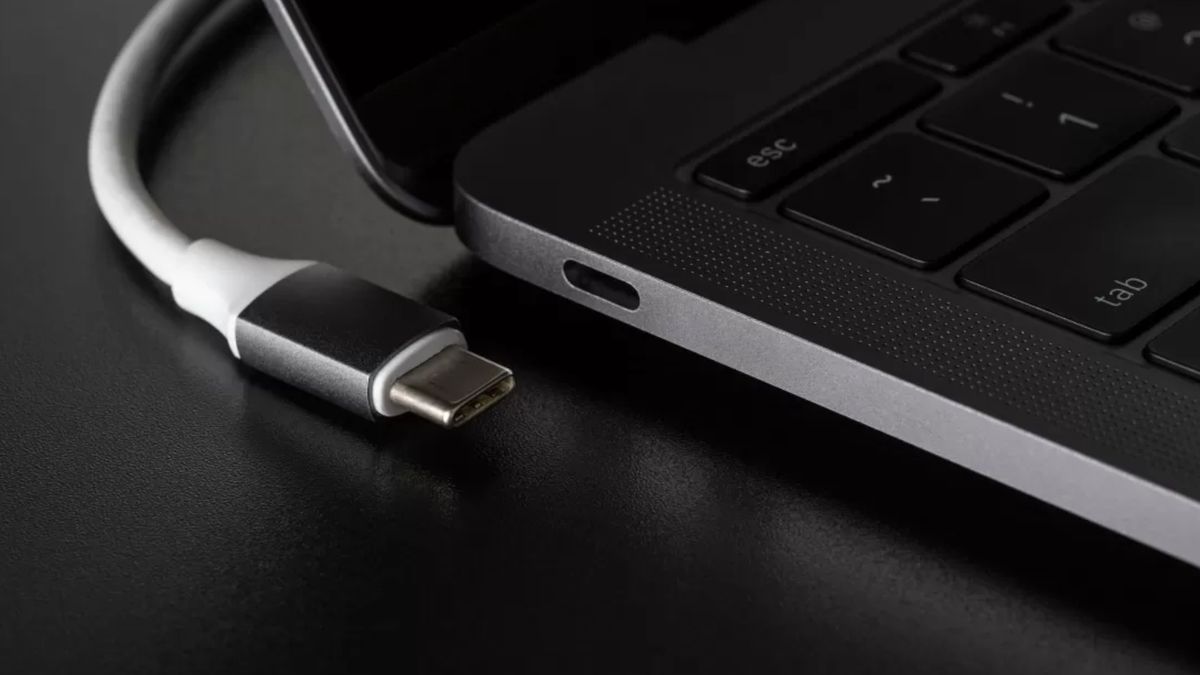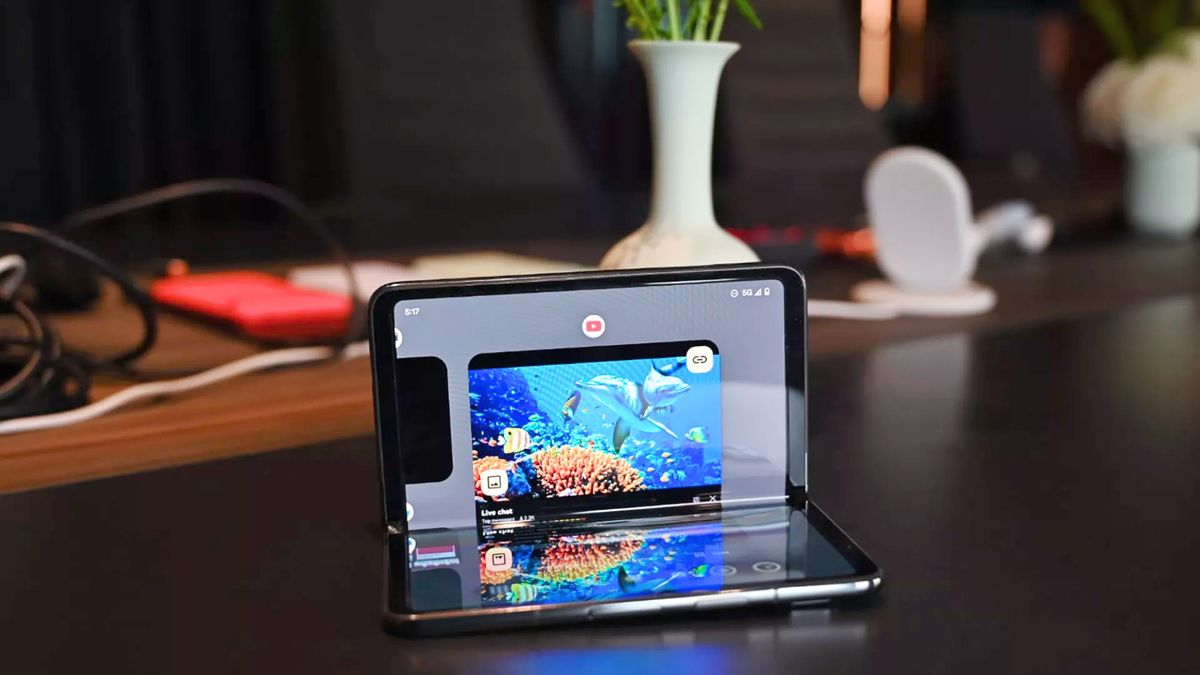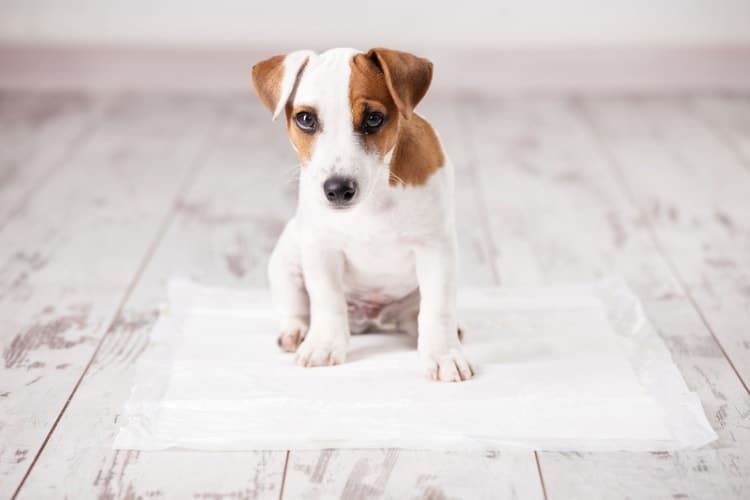
All puppies have their own personality. Your puppy might be bold, shy, loving, protective, or some combination of these and other characteristics. Some puppies are particularly stubborn, especially when it comes to potty training. No matter how much you love your new little companion, potty training a stubborn puppy – and dealing with repeated potty accidents in the house – can be frustrating.
Stubborn puppies typically thrive on the same basic potty training principles that all puppies do. The difference is you may find yourself needing to apply these principles for a longer duration and with more emphasis. If you’re finding it hard to convince your pup that potty training is for the best, check out these tips on how to potty train a stubborn puppy.
1) Have Patience
Potty training takes time. When working with a stubborn pup, patience is paramount. Some puppies potty train within a couple of days, while others take six months or more. If you’re staring at the latter end of this range, it’s still considered normal; it just means you need to maintain your perseverance and consistency.
2) Be Consistent
Lay out your potty plan and stick with it, including your pup’s designated potty spot. Choose a spot that’s out of the way where it’s quiet and calming. That way, you won’t have to change it up later if passing cars or the neighbor’s barking dog become an unwelcome distraction.
Take your puppy out at the same time every day, praise them in the same way, and use the same commands.
3) Stick to a Schedule
One of the biggest mistakes that we can make as dog parents is not realizing how often a young puppy needs to go. As a general rule, a puppy can hold urine for as many hours as they are months old. That means if you’re not letting your 8 week old puppy out every two hours, you’re more likely to end up with an indoor accident. This goes for nighttime, too. If you have a heavy sleeper, you might be able to squeak by with slightly longer stretches in between potty breaks, but don’t push it.
Puppies will also need to go right after waking up, after eating or drinking, and after playing. Scheduling your potty breaks for these times will greatly improve your success.
4) Reward, Don’t Punish
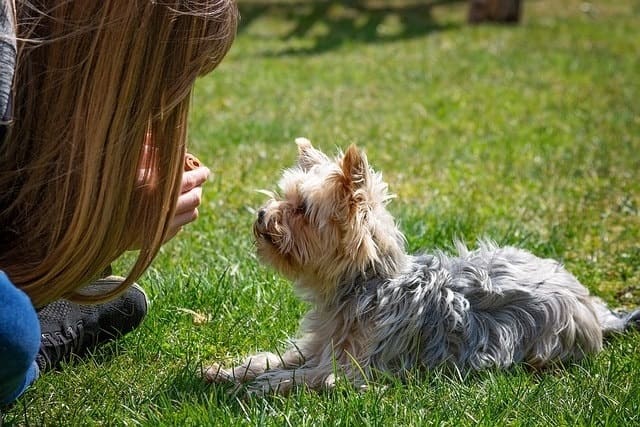
Always use positive reinforcement and praise or reward your pup for a job well done. Don’t punish them for having accidents inside, or you’ll risk creating a timid pup that is too afraid to go outside and do the right thing.
5) Cleanup Accidents
Scent is a huge attractant for dogs and plays a significant role in where they decide to do their business. If they can smell their previous accident on your carpet or rug, they’ll be drawn to go there again. Just wiping it up isn’t enough; the odor will linger. Using an enzymatic cleaner is essential to remove all traces that an accident occurred in order to remove the temptation for your pup to mess there again.
6) Use a Crate
Crate training carries many benefits. It can come in handy for travel, will keep your pup out of trouble while you’re gone, and can serve as a safe place for them to go when you have company. Crate training can also be your go-to method for potty training.
The idea behind it is that puppies don’t want to potty in their personal space. If they’re housed in a crate that is just big enough for them to comfortably stand and turn around in, they won’t have the space to potty and get away from it. It will make them think twice about when and if they have to go.
When crate training, you’ll need to stick with the let-‘em-out-often rule and listen and watch for any cues that they need to go. Another benefit of the crate-training method of potty training is that an accident in the crate is much easier to clean up than one on your carpet.
7) Give Them Time
We all get in a rush sometimes, especially if it’s the 13th time you’ve let your pup out for the day. Rushing your stubborn puppy to do their business isn’t going to convince them to do things your way. Make sure they have ample time outside to sniff the air, circle the yard, and chat with the neighbors. You can give them repeated, but gentle commands to potty, but don’t scare or agitate them.
If you have an unfenced yard and are concerned about their safety while outside for long periods, consider installing a wireless dog fence.
8) Enlist Some Help
There’s no shame in bringing in reinforcements. Help may come in the form of a dog sitter, dog walker, or friend who can let your puppy out during the day while you’re away. Doggie daycare is another idea that can help you provide the around-the-clock potty opportunities that young dogs need. Help can also come in the form of a professional trainer or animal behaviorist who can work with you and your puppy on different potty training strategies.
It’s also important to communicate with your veterinarian. Medical issues, like urinary tract infections, may make it so that a puppy simply can’t hold its bladder. Always see your veterinarian if you’re experiencing any kind of delay in potty training to rule out medical causes.
Final Thoughts
Don’t let potty training your stubborn puppy turn into a knock-down, drag-out battle that threatens your relationship. Above all, maintain your patience, then try these tips for an accident-free household.
